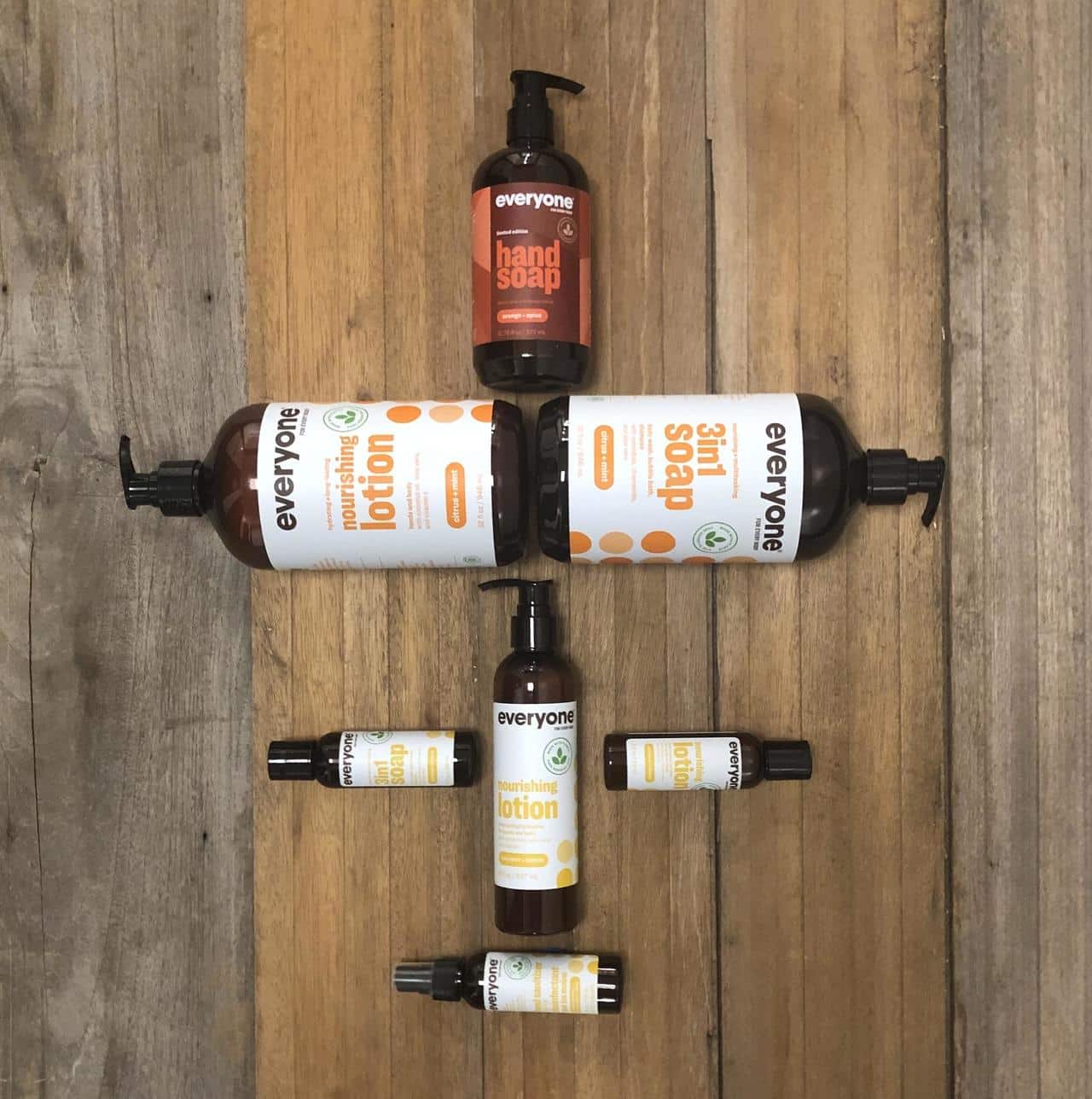Soil
What is the role of soil in climate solutions?
Introduction
Soil is the foundation of life, crucial for the food we eat and the plants around us. Healthy soil not only supports animals and plants but also improves our food and environment by reducing the need for harmful chemicals and lowering carbon dioxide levels. Thriving soil becomes a vibrant habitat for various organisms that capture carbon from the atmosphere, storing it safely in the Earth or converting it into essential nutrients.

The Consequences of Unhealthy Soil
Soil health can deteriorate rapidly, but restoring it is a slow process. It can take up to 500 years to form just one inch of topsoil. Rising temperatures, poor land management, and industrial monocropping have led to dry, loose, and unhealthy soil across the globe. Each year, modern agricultural practices result in the loss of over 24 billion tons of soil.
Declining soil health also puts communities at risk. Loose topsoil can be carried by the wind, damaging ecosystems and impacting local populations. In the American Southwest, for example, the fungus Coccidioides, which causes Valley Fever, thrives in loose topsoil and disproportionately affects Latino and Indigenous farmers in the area.
Soil erosion poses a significant threat to global agriculture and food security. From the American Southwest to Sub-Saharan Africa, farmers are grappling with soil loss amid other climate change impacts like droughts. Erosion depletes farmlands of the nutrients crops need to grow, making successful harvests more difficult. In the United States alone, topsoil loss results in an estimated $44 billion in lost agricultural products each year.
Solutions for Nurturing Earth’s Foundation
The good news is that we can take action to reduce soil erosion. Although artificial fertilizers have been used for decades to combat soil loss, they often cause harmful side effects like over-fertilization and loss of biodiversity. Runoff from these fertilizers can create nutrient-rich dead zones in water bodies, depleting oxygen and suffocating marine life.
A more sustainable approach involves nature-based methods to regenerate and build soil health. Dr. Roland Bunch, author of Restoring the Soil, promotes “green manure”—a practice of planting specific species that store water, add nutrients, prevent weed growth, and decompose to enrich the soil. Crop rotation and planting perennials are also essential techniques that naturally restore soil health.
Beyond the Field: The Impact of Regenerative Agriculture
Healthy soil has far-reaching benefits beyond agriculture. Regenerative agricultural techniques help the Earth become more resilient to climate change by capturing carbon from the atmosphere and returning it to the ground. Organizations like Kiss the Ground work tirelessly to promote soil health and inspire participation in the regenerative agriculture movement. This effort goes beyond preserving what’s left; it’s about actively restoring what we’ve lost.
How You Can Help Save Soil
You don’t have to be a farmer or researcher to support soil health. Here are some ways you can make a difference:
By taking these steps, you can contribute to healing our planet and ensuring a healthier future by saving our soil.
EXPAND YOUR KNOWLEDGE
Resources
Explore the resources below to deepen your understanding and support your journey toward sustainable and regenerative practices. Click on each link to access guides, videos, and tools that will help you take meaningful action for a healthier planet.
CHALLENGES
Soil is often overlooked in climate change discussions, yet it plays a crucial role in the solution. As environmentalists, it’s vital to understand the connection between agriculture, soil, carbon, and climate change. Equally important is recognizing and honoring the deep traditions of sustainable and regenerative farming practices that BIPOC communities have upheld for centuries. Inspirational examples include Soul Fire Farm, Rock Steady Farm, and Green Heffa Farms.
Now that you’ve explored the wonders of soil, we encourage you to dig even deeper. Understanding soil’s vital role in our ecosystem is just the beginning. The more you learn, the more empowered you become to make a difference. By expanding your knowledge, you can contribute to creating a healthier planet for future generations.
Gardens promote both climate resiliency and personal resilience. Planting a garden not only helps the environment but also provides food for yourself and your community. Regenerative gardening is an excellent way to replenish the soil around you, fostering healthy plants, cleaner air, and thriving wildlife.
Our partner Kiss the Ground released the documentary Common Ground, revealing the harmful effects of industrial agriculture on our planet and highlighting the promise of regenerative agriculture to restore balance, replenish water supplies, and help feed the world.
PRIZES
Up to 10 Greener and 10 Greenest outstanding submissions will be selected as winners.

Each Greener Winner will receive:

Each Greenest Winner will receive: